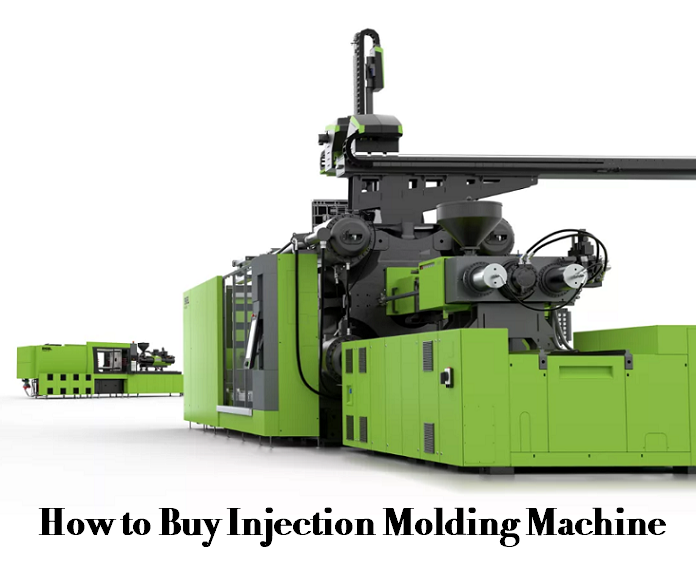There are many injection molding machine manufacturers, providing equipment with different specifications, models and quality grades. Users should choose the specification of the molding machine according to the products to be manufactured and combined with the current and long-term benefits.

How to Buy & Choose the Injection Molding Machine - Injection Molding Machine Selection Tips
The purchase of an injection molding machine is not a small investment project, it is a waste to buy a too big injection molding machine, but it is not suitable to buy too small. Therefore, choosing an injection molding machine that meets the needs of its own products has become the most concerned content of every buyer. So, how to buy the best injection molding machine?
Upfront cost and long-term cost
The first thing we want to know before buying an injection molding machine is the cost, which includes upfront cost and long-term cost. From the perspective of early-stage cost, we want to know what is included in the basic price of the machine, including standard features and common options like the valve gates, cores, air manifolds, etc. Then you should know about what are the in-house capabilities of the vendor and the advantages of the injection molding manufacturer, such as cost, lead time, and quality. So you want to check to see what your vendors can do in-house when you buy a new machine, as the installation has included is the training included, what kind of training is included, are they going to train all of your people even on other shifts, those are things that you want to consider, and looking at the economy of scale if a vendor is large, they’re able to get high-quality materials at a reduced rate. If you have a vendor that is purchasing smaller quantities of material in order for them to compete with the cost, they’re going to have to lower the quality, so you want to understand whether or not your vendors are able to benefit from the economy of scale. There are many other factors in the long-term ownership cost of the machine. Another thing in understanding long-term cost is how much downtime is your old machine costing you, put a number on it and get some data behind that, because that could justify a need for you to get a new machine, and then you want to know how much is it going to cost to maintain your new machine.
Screw and barrel
In order to obtain good products, the dense melt in the barrel must have a better plasticizing mixing effect and uniformity; Good plasticizing ability has a crucial impact on the forming efficiency of products; For abrasive materials (such as glass fiber reinforced plastics, etc.) and corrosive materials (such as hard PVC, etc.), the material structure of the barrel and screw has an intuitive and important impact. When ordering the machine, the raw materials to be processed shall be clearly stated so that the manufacturer can configure the corresponding screw barrel.
Clamping force
Clamping force is the force applied to the mold by the injection molding machine’s clamping mechanism. This force must be in the opposite direction of the separation force created by the injection of molten plastic into the mold in order to maintain it closed. In general, the rated force is expressed in tons. The estimated tonnage can be utilized to choose a machine capable of avoiding component faults such as high flash. Therefore, how much clamping force is necessary? The clamping force needed may be estimated using the cavity pressure in the die and the area of the shot peening projection exposed to the pressure. There are several variables that impact the clamping force calculation, including the material type and depth of the component.
Shot capacity or shot size
Shot capacity, also known as injection capacity, it is the maximum volume or weight of material that the screw can inject into one operating cycle, it refers to the amount of shots that may be taken. The shot weight of a product refers to the amount of material that must be injected into the mold in order to create the product, including the feed system, during the manufacturing process.
There are many other factors to consider when choosing a plastic injection molding machine, such as the ejector stroke, hydraulic control system, mold thickness, injection pressure, rate, etc.
